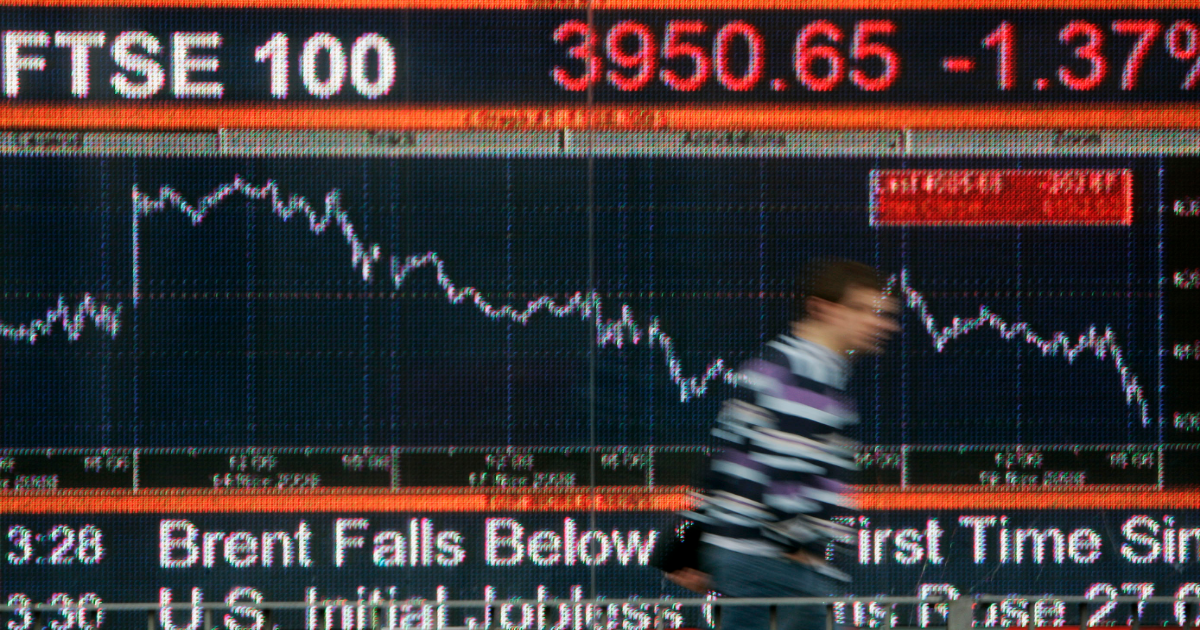Wall Street’s monthslong headache over President Donald Trump’s plans for a global trade war is threatening to turn into a migraine.
Trump’s executive order Wednesday subjecting imports to a 10 percent tariff and applying even higher levies to products from 60 other countries deemed bad actors triggered a broad selloff in stock futures and a drop in oil prices. It was a sign that investors are wary of how surging import costs could become a serious drag on the world economy.
Administration officials say they expect some short-term pain but have promised long-term gains for Americans. Treasury Secretary Scott Bessent declined to speak to the market’s initial reaction to Trump’s “Liberation Day” ceremony.
“In my old business, I was very concerned about market movements,” the former macro hedge fund executive said in an appearance on Bloomberg TV. “I’m trying to be Secretary of the Treasury, not a market commentator.”
To some investors, the market’s initial reaction seemed muted given the geopolitical and economic risks posed by a more punishing U.S. tariff regime than many had envisioned. (Trump said Chinese goods would be subject to a whopping 54 percent tariff, and additional levies on lumber and copper are imminent.)
“Obviously, [the tariffs] are far more onerous than the market was expecting, but I think that participants also believe that many will be watered down and/or rescinded,” hedge fund manager Jim Chanos said in a text message. “Why? Because if people really believe these tariff rates will stick, the equity market would be down a lot more than the 2 percent” losses recorded shortly after Trump made his announcement.
“The real wild card, however, is what [happens] if the rest of the world doesn’t cave, as many expect,” he added.
As of 8:10 p.m., Dow Jones Industrial Futures were down more than 2 percent, while futures contracts on the S&P 500 had fallen 3.7 percent and the tech-focused Nasdaq was down 4.6 percent.
The “reciprocal” levies that were assigned to different countries — which Trump said were “approximately half of what they are and have been charging us” — open the door to future negotiations. But they also assure that the U.S.’s effective tariff rate will be in flux for weeks to come.
Omair Sharif of Inflation Insights said the new taxes on imports could push the U.S.’ tariff rate to between 25 percent and 30 percent. That’s above the average effective tariff rate of about 20 percent in 1933 under the infamous Smoot-Hawley regime that aggravated global tensions and was largely blamed for amplifying the effects of the Great Depression.
Most economists anticipate that Trump’s tariffs will cause prices to rise and weaken consumer demand, potentially triggering stagflation in which inflation continues to climb as growth slows.
For weeks, investors and businesses have been gripped by uncertainty as Trump and administration officials publicly floated different, and occasionally conflicting, trade policy frameworks. That’s unlikely to change “given open-ended tariff threats and the manner in which they are decided,” said Adam Posen, the president of the Peterson Institute for International Economics.
Given the vast range of goods that are covered by the new tariffs, it will take time to quantify how higher import costs will ripple across sectors.
“We’re poking the bear,” Brendan Walsh of Macro Policy Partners said after Trump’s announcement. “Tariffs may go up and down, and certain things may get excluded, but tariffs are a core tenet of Trump’s domestic and foreign policy. And now we’re going to find out how this plays out.”
